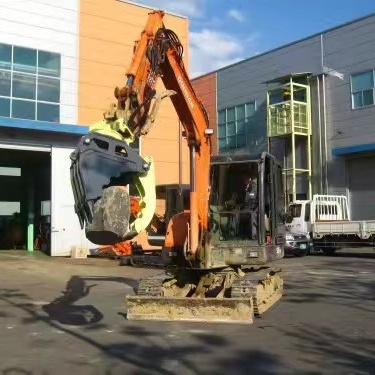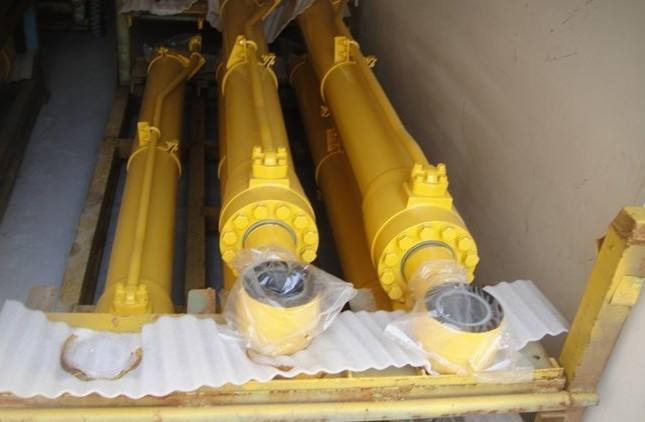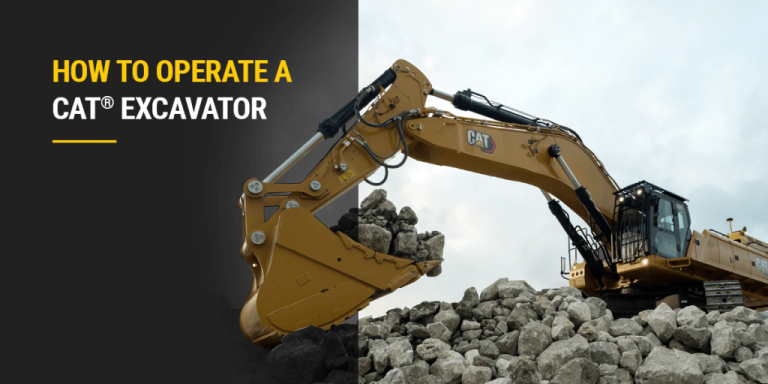How Mini Excavator Wheel Compactor Can Help You Achieve Greater Efficiency In Tight Spaces
Mini excavator Wheel compactor compact soil, asphalt, and other materials. They come in different sizes and shapes, some being towed by a vehicle while others are self-propelled. Mini excavator Wheel compactors are commonly used in road construction and maintenance, landscaping, and foundation work. When it comes to mini excavators and wheel compactors, there are mini excavators specifically designed to be used as wheel compactors.
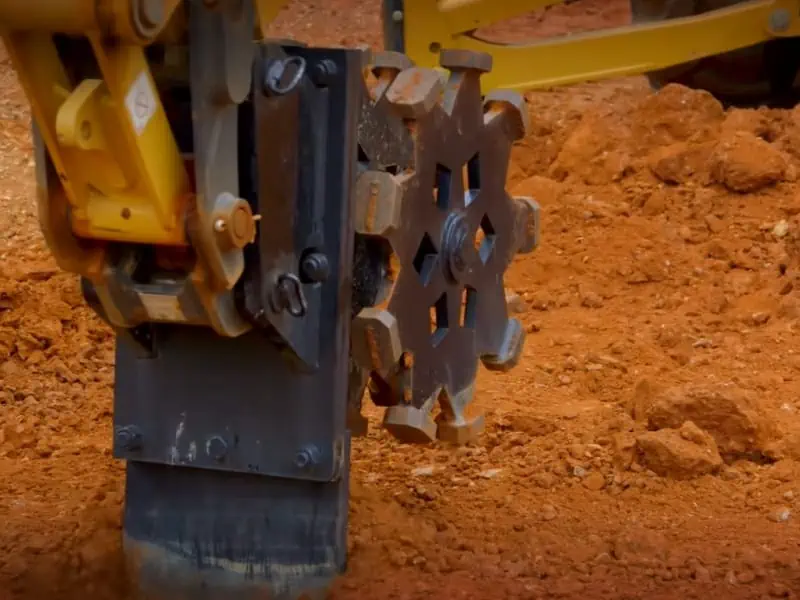

Mini excavator wheel compactors combine the functionality of both machines into one. Mini excavator wheel compactors are an excellent solution for compacting in tight spaces where a standalone wheel cannot reach. These machines typically feature tamping pad wheels with replaceable scraper teeth or segmented wheels with dedicated scrapers to prevent material build-up between the compaction bumps/wheels.
One of the significant advantages of mini excavator wheel compactors is their ease of maintenance. For instance, you simply need to unbolt the wheel from the frame to replace the flange bearings, making maintenance straightforward.
How to use a Mini excavator wheel compactor?
- Attach the mini excavator wheel compactor to your mini excavator, following the manufacturer’s instructions for your specific machine.
- Position the compactor over the area you need to compact, ensuring you have enough space to maneuver your machine and that you’re not operating on any unstable or hazardous terrain.
- Adjust the height and angle of the compactor wheel to ensure optimal compaction, depending on the material you’re working with.
- Start the mini excavator engine and engage the compactor wheel to compact the material. Slowly drive the machine forward, ensuring that the compactor wheel is making full contact with the surface to be compacted.
- Continue compacting the material in a back-and-forth motion until you achieve the desired level of compaction. Take care not to overwork the material, as this can cause damage to both the material and the compactor.
- When you’ve finished compacting the area, disengage the compactor wheel and carefully maneuver the mini excavator away from the work site.
- Once you’ve completed the job, detach the mini excavator wheel compactor from the excavator, following the manufacturer’s instructions.
Different types of mini excavator wheel compactors
Tamping Pad Wheel Compactors:
These compactors feature a tamping pad wheel that uses a series of pads to compact soil, gravel, and other materials. They are ideal for small to medium-sized projects and are easy to operate.
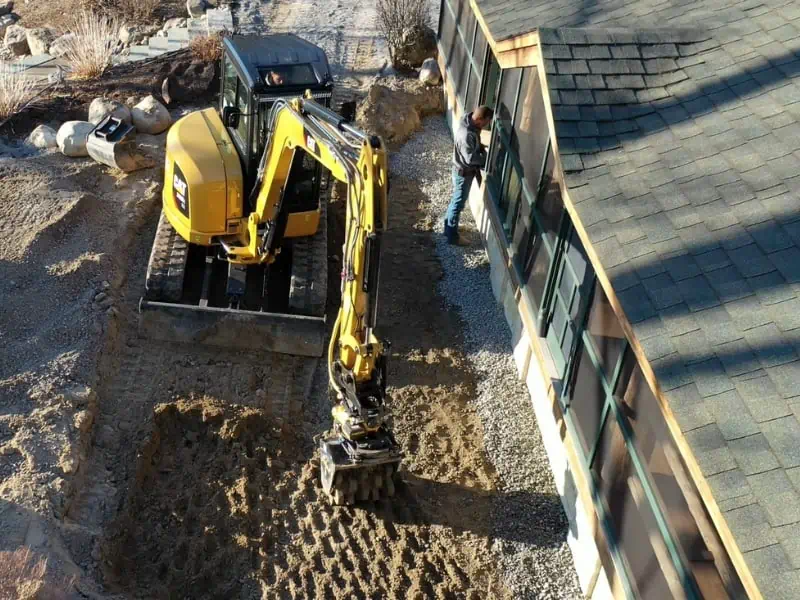

Segmented Wheel Compactors:
Segmented wheel compactors use a series of individual compaction segments arranged in a pattern to create a compacted surface. They are ideal for medium to large-sized projects and can handle various materials.
Drum Wheel Compactor:
Drum wheel compactors use a steel drum to compact asphalt and other materials. They are ideal for road construction and maintenance projects and are available in different widths to match the width of the road.
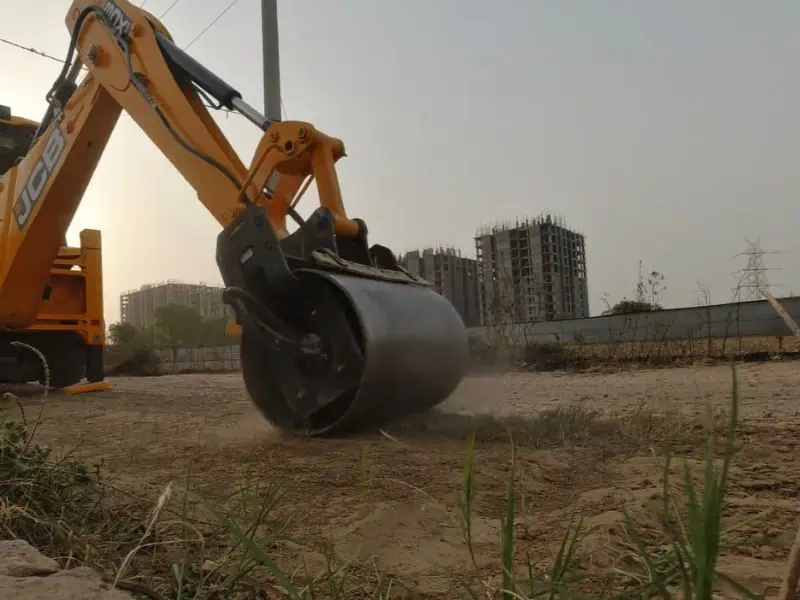

Combination Wheel Compactor:
Combination wheel compactors use a combination of tamping pad wheels and drum wheels with different compact types of materials. They are ideal for projects that require multiple types of compaction.
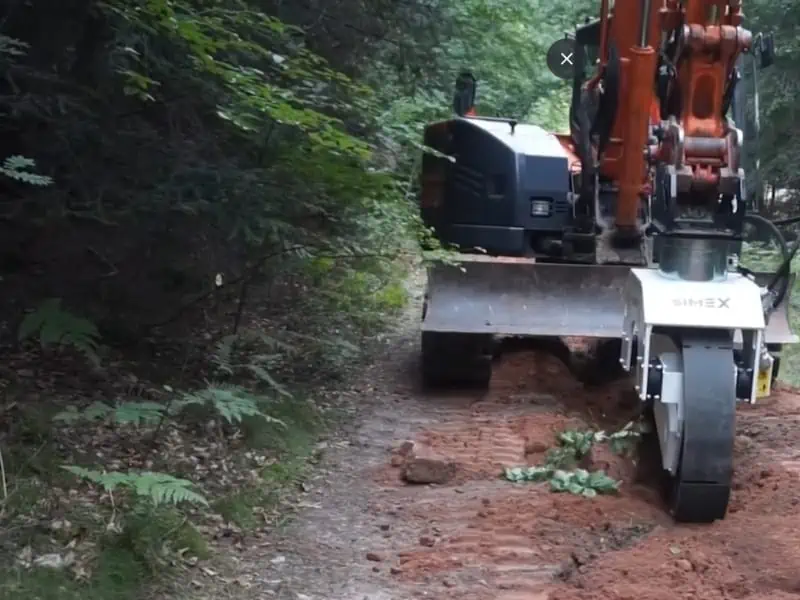

Vibratory Plate Compactor:
Vibratory plate compactors use a vibrating plate to compact soil, asphalt, and other materials. They are ideal for small-scale projects and are particularly useful for areas that require precise compaction.
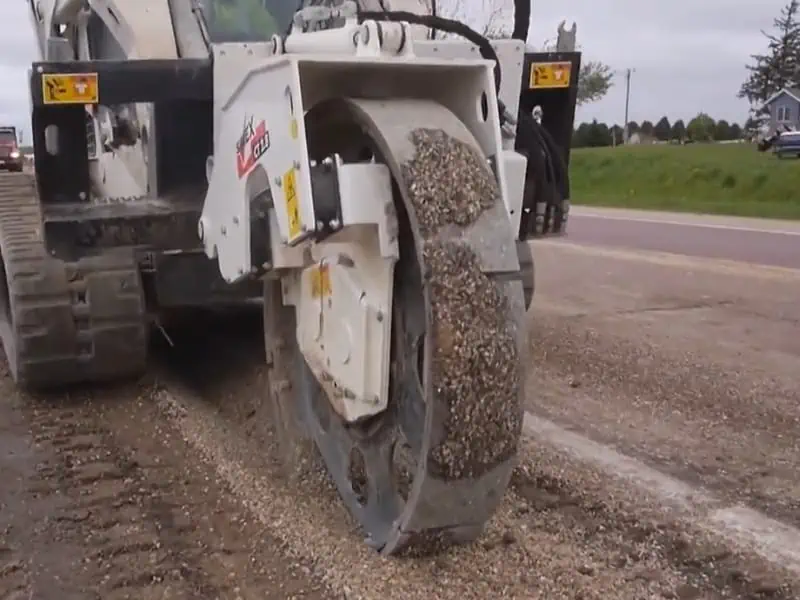

Use of wheel compactors for mini excavator
Road Construction and Maintenance:
Mini excavator wheel compactors are commonly used in road construction and maintenance projects to achieve optimal compaction of the road surface. They can compact soil, gravel, and asphalt, ensuring the road is stable, durable, and safe for vehicles.
Foundation and Trench Work:
Mini excavator wheel compactors also achieve optimal soil compaction in foundation and trench work. They can compact the soil around the foundation or trench, ensuring stability and security.
Landscaping and Grading:
Mini excavator wheel compactors are often used to achieve optimal soil compaction in landscaping and grading projects. They can level the ground, compact soil around plants and trees, and ensure the soil is stable and secure.
Pipeline and Cable Installation:
Mini excavator wheel compactors are used in pipeline and cable installation projects to achieve optimal compaction around the pipes or cables. It ensures the pipes or cables are stable and secure, preventing damage or movement over time.
Demolition and Deconstruction:
Mini excavator wheel compactor attachments are also used in demolition and deconstruction projects to achieve optimal soil compaction after completion. It helps to prevent soil erosion and provides a stable surface for future construction or landscaping.
Specifications of different mini excavator wheel compactor
Tamping Pad Wheel Compactors:
- Tamping pad width: 20-30 inches
- Number of pads: 10-20
- Centrifugal force: 15,000-25,000 pounds
- Operating weight: 500-1500 pounds
- Recommended excavator weight: 2-8 tons
Segmented Wheel Compactors:
- Segment width: 10-12 inches
- Number of segments: 10-12
- Centrifugal force: 10,000-15,000 pounds
- Operating weight: 600-1600 pounds
- Recommended excavator weight: 3-10 tons
Drum Wheel Compactors:
- Drum width: 36-66 inches
- Drum diameter: 24-30 inches
- Centrifugal force: 18,000-30,000 pounds
- Operating weight: 1800-5000 pounds
- Recommended excavator weight: 8-25 tons
Combination Wheel Compactors:
- Tamping pad width: 20-30 inches
- Number of pads: 10-20
- Drum width: 36-66 inches
- Drum diameter: 24-30 inches
- Centrifugal force: 10,000-25,000 pounds
- Operating weight: 1200-4500 pounds
- Recommended excavator weight: 4-18 tons
Pneumatic Tire Compactors:
- Tire width: 8-12 inches
- Tire diameter: 24-30 inches
- Operating weight: 1500-3500 pounds
- Recommended excavator weight: 2-8 tons
Vibratory Plate Compactors:
- Plate width: 14-20 inches
- Plate length: 20-28 inches
- Centrifugal force: 3000-8000 pounds
- Operating weight: 150-300 pounds
- Recommended excavator weight: 1-3 tons
How to install a mini excavator wheel compactor
- Ensure the mini excavator is in good working condition and suitable for the type of wheel compactor being installed. Check the hydraulic lines, flow rate, and pressure to ensure they are compatible with the wheel compactor.
- Position the wheel compactor next to the excavator and align the hydraulic lines with the connectors on the excavator. Use a suitable lifting device, such as an excavator bucket, to lift the wheel compactor and align it with the mounting bracket on the excavator.
- Use the mounting bolts and nuts provided with the wheel compactor to secure it to the mounting bracket on the excavator. Tighten the bolts and nuts to the torque specifications provided by the manufacturer.
- Connect the wheel compactor’s hydraulic lines to the excavator’s corresponding connectors. Make sure that the connections are secure and tight to prevent hydraulic leaks.
- Start the excavator and test the wheel compactor to ensure it works properly. Check the hydraulic flow rate, pressure, and temperature to ensure they are within the recommended range. Also, check the vibration level of the wheel compactor to ensure that it is appropriate for the type of compacted material.
Conclusion
The mini excavator wheel compactors effectively compact soil and other materials on tight repair jobs or confined spaces. The wheel compactors are crucial for safe and efficient use, and following the manufacturer’s instructions and recommendations is important. Contact us for more information.
.
